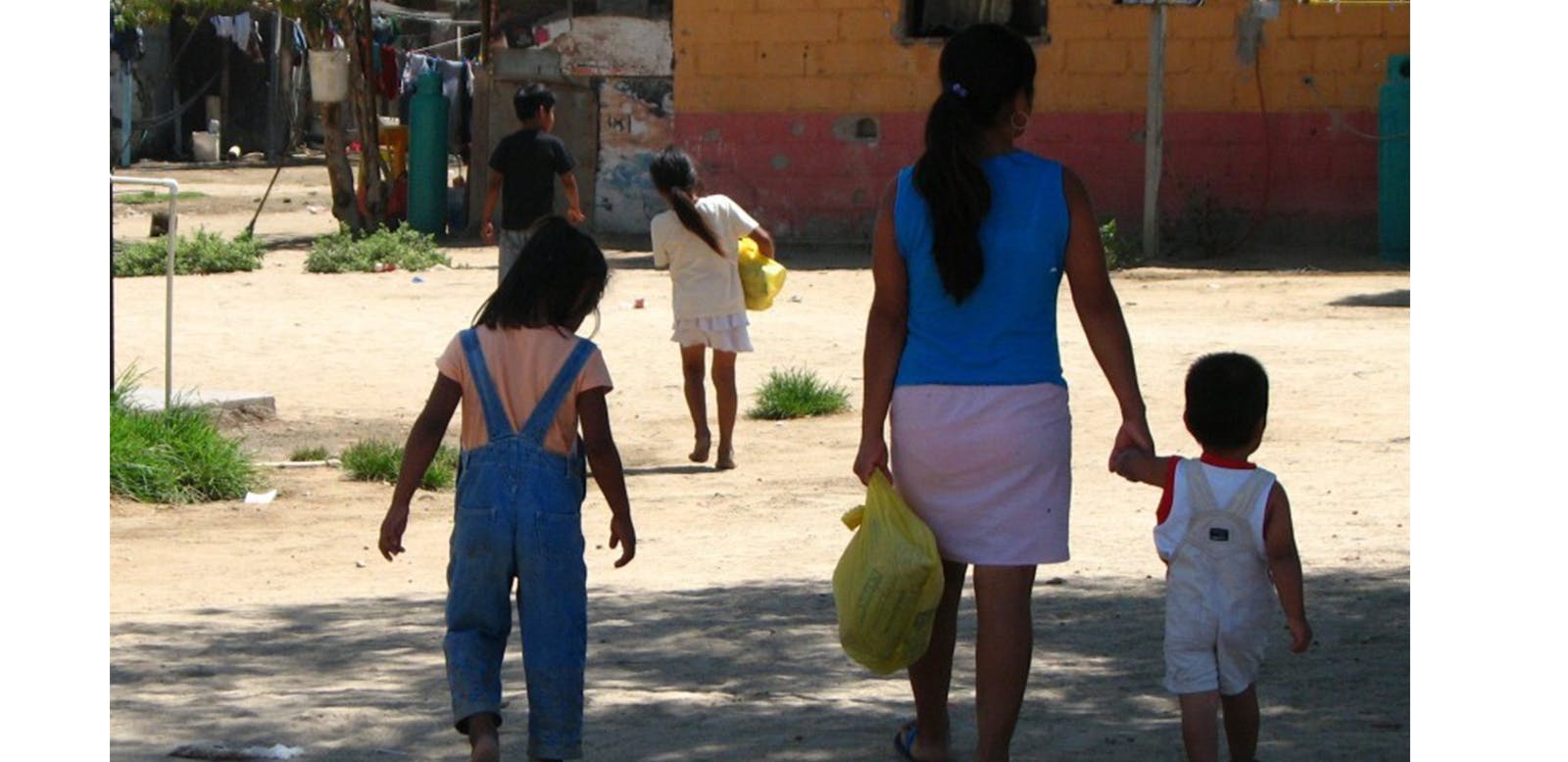Can we achieve an end to gender-based violence?
This was the closing question at a recent VitalTalks discussion, hosted by the global health organization Vital Strategies a few blocks from my Evoke Kyne NYC office.
The evening focused on data – how do we get better data on gender-based violence, what kind of data do we need, and why is gender-based violence so underreported? It also started with a simple statistic: 1 in 3.
1 in 3 women worldwide have been subjected to physical or sexual violence in their lifetimes.
When I first heard this number while volunteering for the summer at CENTRO MUJERES, A.C., a small non-governmental organization in Mexico, it was overwhelming. But even more startling was seeing what this meant in a community of mostly poor, migrant women. Because as my former colleague Sharon Kim-Gibbons—now at Vital Strategies—rightly noted in her closing, not everyone faces the same risks.
1 in 3 women globally meant that nearly every woman in the Mexican community where I was working experienced some sort of gender-based violence. Many women supported by the organization were migrants from the mainland who were seeking opportunity or fleeing worse situations. Partner violence was so common that these women didn’t initially call it, or really see it, as abuse. It was the general life course—husbands drank, came home, and physical and emotional abuse ensued.
Beyond the frightening frequency of this abuse, there wasn’t a real escape. Prior to my time with Centro Mujeres, the images of violence against women in my head were much like what panelist Ruxana Jina, Director, Data Impact Program at Vital Strategies suggested are the extreme stories we’ve seen in the media. However, they aren’t how most people experience gender-based violence.
Without a more nuanced understanding, I thought these women should try and escape. Or call the police. But I learned that for many of them, being in their home with their families—abusive or not—may be their best option. I learned that calling the police often comes with its own perils.
The reality of gender-based violence is why much of what Centro Mujeres does is focused on harm-reduction. They help women install a lock on their bedroom doors so they can hide safely with their children, for example, and then work with them over the long-term to access health, education or other services. Ultimately, they try and help women create opportunities for themselves.
As Dr. Jina noted, data helps unmask the truth. Data can show who is most at risk of gender-based violence, and which types of interventions may work best. Data can also help change hearts and minds.
One of the most powerful examples shared during the talk was from Leila Milani, Program Director, Global Policy & Advocacy at @Futures Without Violence. She challenged us to turn the discussion on its head—because without a story around the data, policymakers won’t act. The investment of already scare resources will go elsewhere.
Milani pointed to the success of Valerie Hudson, who was able to show that not only is violence against women more common in unstable nations, but that “the overall level of violence against women is a better predictor of state peacefulness.” In fact, the situation of women is a key marker of whether a society is “descending into chaos.” With these data, advocates were eventually able to work with policymakers to pass the Women, Peace, and Security Act of 2017 to ensure that the U.S. promotes the meaningful participation of women in mediation and negotiation process seeking to prevent, mitigate, or resolve violent conflict.
As a communications professional, it’s the intersection of data and narrative that’s most exciting to me. The power and potential of data to impact hearts and minds—and drive resources.
Leila’s remarks left me wondering what the implications of this success story are for a range of topics, such as access to safe and legal abortion, or protecting the rights of the transgender community to access basic healthcare services. How can we show the negative impact of restrictions and what it really means for society? How does further marginalizing those with the least options leave our states less strong, stable and prosperous?
I’m not a researcher but I believe in the power of data – and that answering these questions scientifically – can make a difference. We need more multi-disciplinary thinkers and teams (and VitalTalks!) to bring data, stories, and policies to life. Together we can capture the numbers and the stories to help bring a more nuanced understanding to public health issues and help meet decision-makers where they are.
Interested in learning more? Watch the recording now: https://www.vitalstrategies.org/can-data-end-gender-based-violence/.
